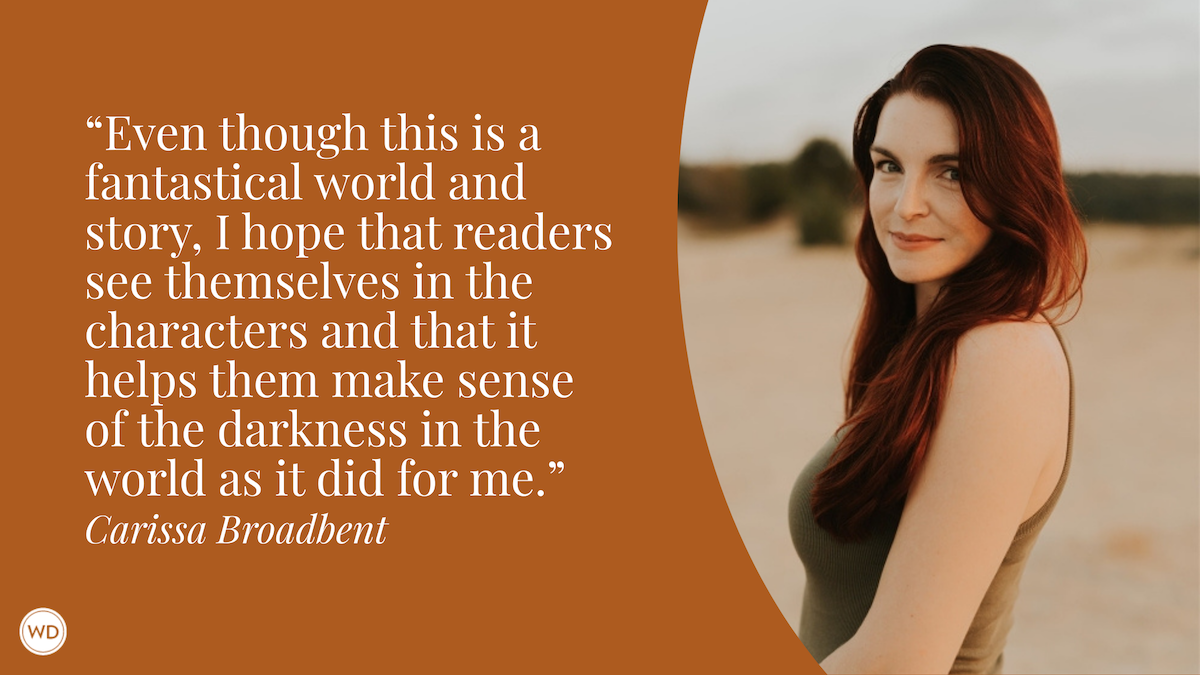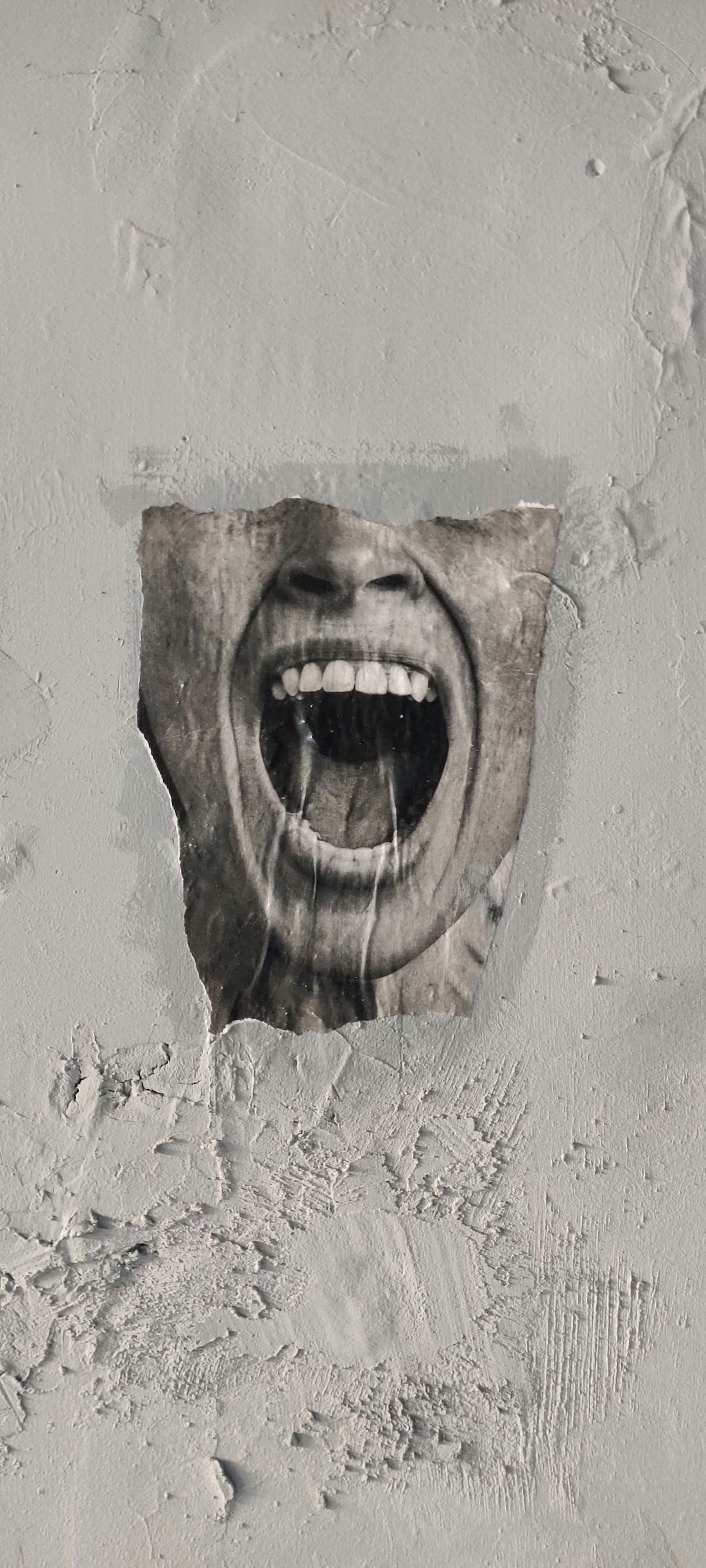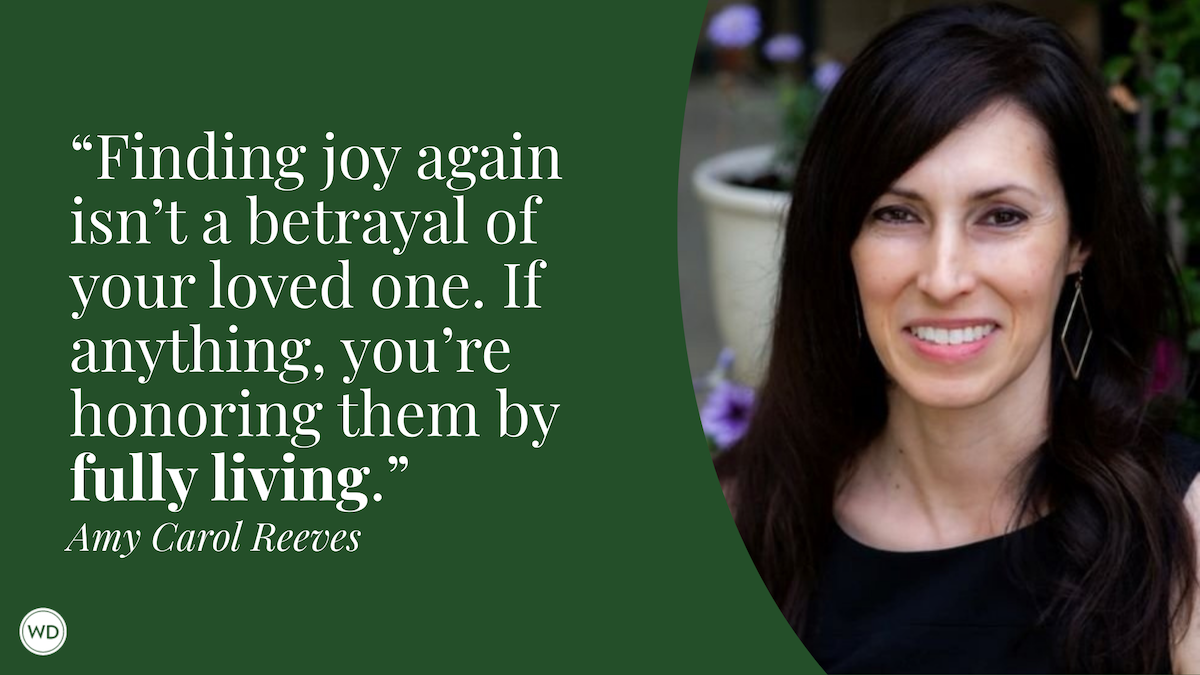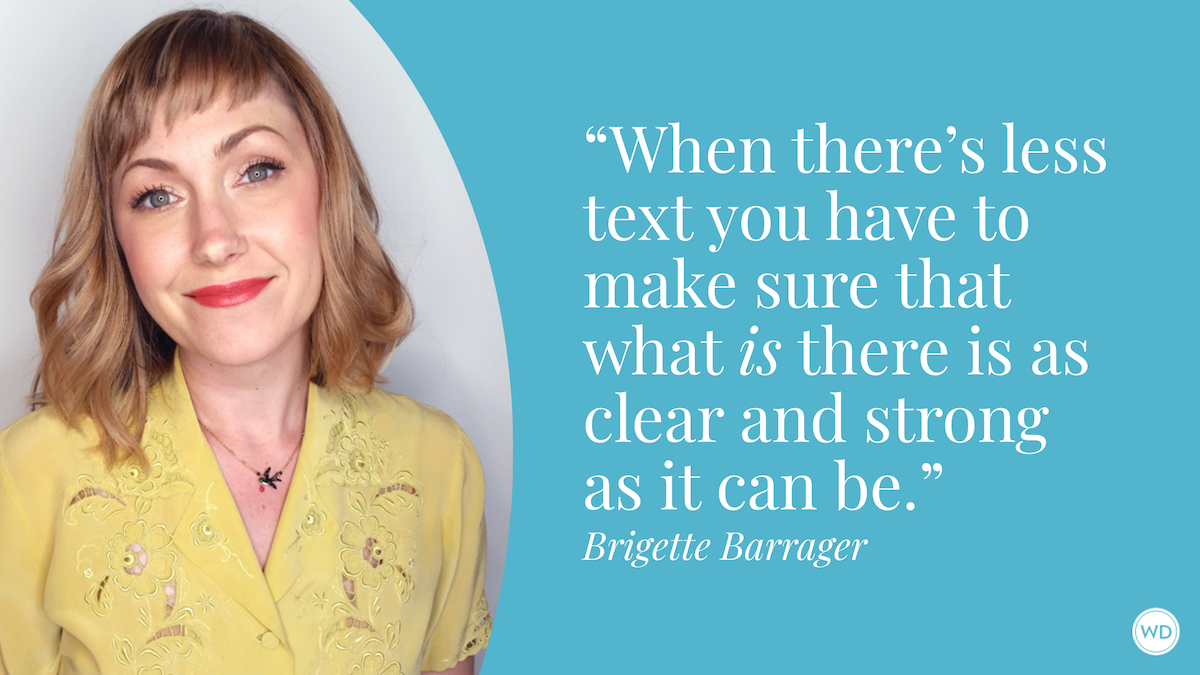June Gervais: On a Misfit Writing About Misfits
Author June Gervais discusses how she wrote a love letter to readers who feel alone with her debut novel, Jobs for Girls with Artistic Flair.
June Gervais grew up on the south shore of Long Island and holds an MFA in Writing and Literature from the Bennington College. She has written for Lithub, Big Fiction, Sojourners, Image Journal, The Common, Cordella, The Southampton Review, and elsewhere, and she was a Sustainable Arts Fellow at Rivendell Writers Colony. Jobs for Girls with Artistic Flair is her debut novel. Find more of her work at junegervais.com, and follow her on Twitter and Instagram.
In this post, June discusses how she wrote a love letter to readers who feel alone with her debut novel, Jobs for Girls with Artistic Flair, the surprising gift she got from a beloved writer, and more!
Name: June Gervais
Literary agent: Chad Luibl at Janklow & Nesbit
Book title: Jobs for Girls with Artistic Flair
Publisher: Pamela Dorman Books/Viking Penguin
Release date: June 21, 2022
Genre/category: Upmarket women’s fiction
Elevator pitch for the book: It’s 1985, and 18-year-old misfit and dreamer Gina Mulley will do anything to apprentice at her brother’s tattoo shop and succeed in the male-dominated tattoo industry of the ‘80s. But when she falls in love with Anna, a fortuneteller’s assistant—and awakens to thrilling possibilities beyond a life in her brother’s shadow—will this newfound independence and romance unravel the dreams she’s worked so hard for?
IndieBound | Bookshop | Amazon
[WD uses affiliate links.]
What prompted you to write this book?
I always felt like a bit of a misfit growing up, but the work of certain writers, artists, and musicians reassured me I wasn’t alone. I wanted Jobs for Girls with Artistic Flair to feel like a love letter to any reader who feels alone in their quirkiness, wondering what their purpose is and where they belong.
How long did it take to go from idea to publication? And did the idea change during the process?
I was 19 when I started writing this novel, and all through my 20s and 30s—alongside day jobs, activism, volunteering, eventually nursing babies and chasing toddlers—I was always scraping together time to work on it. It was like saving to buy a car with loose change found under the couch cushions. The expanse between idea and publication, for me, was about 20 drafts and 20 years.
The premise of the book changed a great deal: The early version of Gina was an established tattoo artist, the mother of a teenage daughter. Over time, though, I became more interested in Gina’s coming-of-age years, and what it was like to fight for a place in the tattoo industry when it was this gritty fringe culture that was often hostile to women.
Were there any surprises or learning moments in the publishing process for this title?
After all these years of working on the book, in my own little secluded corner of the world, I began to worry all the normal writer things as publication day approached: Is anybody else going to connect with this story? Or is it just me? Will this resonate with anyone?
So, I was surprised and relieved to discover—throughout the spring, months before the on-sale date—how many people were already reading the book. It took some pressure off that one momentous day. As an occasional book reviewer, I’ve received ARCs of other writers’ books, but I’d just never realized how widely galleys circulate: to booksellers, to librarians, to consumer reviewers.
And I’m so grateful for those early readers who took a chance on Jobs for Girls with Artistic Flair and left reviews on Goodreads, NetGalley, etc., or shared their enthusiasm on social media. It reassured me that this novel really will end up in the hands of the people it’s meant for.
Were there any surprises in the writing process for this book?
One of the most moving surprises of all, which I’ll be grateful for to my grave, was a gracious gift from the author Rubén Degollado. I first learned of Rubén’s debut novel Throw—a beautiful YA novel about Chicano teens in the Rio Grande Valley—when his editor/publisher recommended it to me, and I loved it so much that I published a review of it in a literary journal. Rubén and I began to correspond, he asked about my own writing, and offered to read some pages for me.
This was generous in itself—a busy writer, further along in his career, willing to offer advice to a working mama struggling with her first novel. But it was also more meaningful than he could have imagined. A central character in Jobs for Girls is a Chicano tattoo artist named Rick. He’s vital to the story, not just because of who he is, but because the tremendous contribution of Chicano black-and-grey, fine-line tattoo artists to American tattooing as a whole. But I don’t even speak Spanish, and I’d been very worried about whether I was doing him justice and appropriately representing his culture.
The gift Rubén gave me was so much more than a “sensitivity read.” He reimagined whole lines of dialogue and shared anecdotes to enrich the story. It felt like these beloved characters I’d invented were walking into my house and speaking lovingly to me. He also had top-notch editorial suggestions, including the very title Jobs for Girls with Artistic Flair (a phrase that appeared in the novel, but I hadn’t considered as a title). I’m eagerly awaiting Rubén’s new book (The Family Izquierdo, out this year from W.W. Norton); may it be received with the same warmth he shows his fellow writers.
What do you hope readers will get out of your book?
The first thing that comes to mind is joy and pleasure. We’ve had two difficult years of pandemic and grief, tragic injustice and violence. Jobs for Girls touches on a number of those issues (in its 1980s setting), because I wanted to write a truthful book; but it also celebrates the pleasures of being alive.
If you could share one piece of advice with other writers, what would it be?
Find community. As a young writer, I thought I could sustain myself on discipline and hard work alone, but perseverance in isolation became joyless.
Go to readings, if you can. Find a writers’ group; take a class; be a thoughtful critique partner. Find ways to contribute to other writers’ success: review their books, recommend them to other people, write an encouraging note. This inhale/exhale cycle of giving and receiving breathes life and joy into our work.









